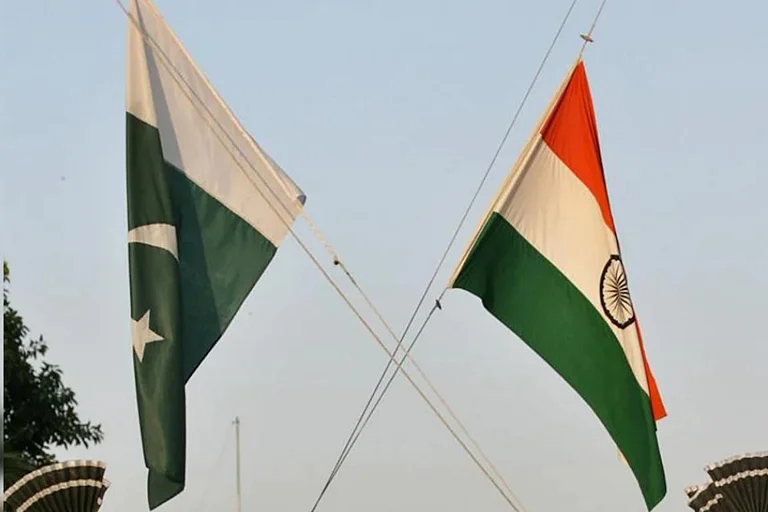India is eyeing speeding up of hydropower projects on rivers flowing into Pakistan, days after it suspended the Indus Water Treaty on April 23, reported Mint. The move comes following the killing of 26 people by terrorists in Kashmir’s Pahalgam on April 22.
Why India is Fast-Tracking Hydropower Projects on Pakistan-Bound Rivers
India accelerates hydropower initiatives on rivers flowing into Pakistan, following the suspension of the Indus Water Treaty, with key projects now fast-tracked
The Centre is also considering building of new projects on the Indus, Jhelum and Chenab rivers and the tributaries.
State-run NHPC will expedite the commissioning of Sawalkot (1,856 MW), Pakal Dul (1,000 MW), Ratle (850 MW) Bursar (800 MW), Kiru (624 MW), Kirthai 1 and 2 (1,320 MW) hydropower projects, among others, Mint revealed.
“A few projects were taken up a few years ago, but they did not gain pace or were held up," one of the persons told Mint, adding, “Now, the work on those projects will gain momentum. Ratle is under construction and Sawalkot is one of the key projects that would see progress."
“Currently, the matter is in discussion stage and we are working on the modalities," an official with Jal Shakti department, irrigation & flood control in the state government told Mint on the condition of anonymity.
According to Mint, the detailed project report for Sawalkot project on the Chenab river is complete, but construction is yet to begin. Meanwhile, construction work on the Ratle project (on Chenab) is currently underway, with an estimated two-year timeline for commissioning.
What is the Indus Water Treaty?
The Indus Water Treaty was signed back in 1960 between India and Pakistan, with World Bank playing a key role as an arbitrator. The treaty gave exclusive rights to India over the eastern rivers, Ravi, Sutlej and Beas.
Whereas, Pakistan got exclusive rights on the western rivers, Indus, Jhelum and Chenab. However, there are exceptions for India, which is allowed limited use of the western rivers.
The treaty had capped India's storage capacity on these rivers at 3.6 maf (million acre feet). With the treaty now suspended, India can build hydropower dams and reservoirs for flood control on them. It is estimated that average annual runoff of Indus, Jhelum and Chenab is 136 maf, of which 40% (around 54 maf) comes from the Indian catchment.
Present Indus Water Treaty regulations, according to TOI, allow India to construct hydroelectric projects on the western river systems of Jhelum, Chenab and Indus exclusively through run-of-the-river systems.
